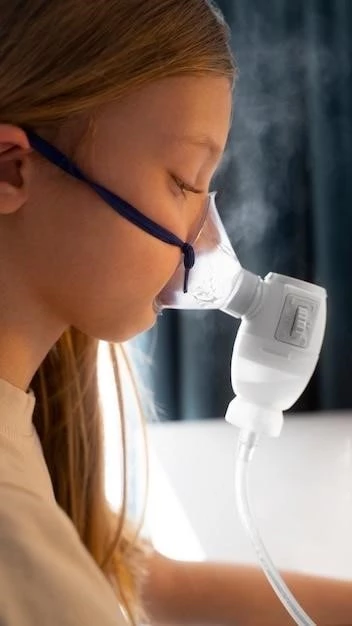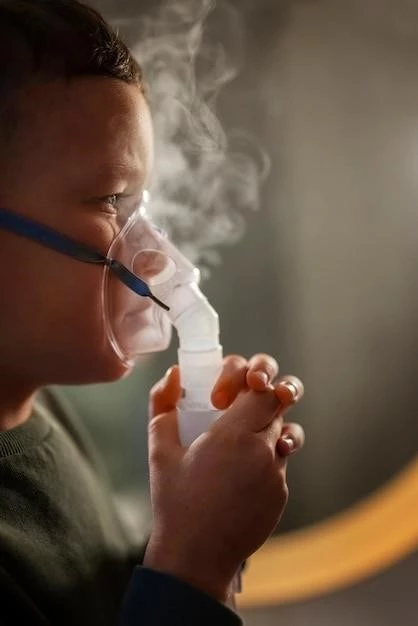Inhalant Abuse with Aromatic Hydrocarbons
Inhalant abuse involves inhaling volatile substances like solvents, gasoline, glue, paint thinners, or paint to achieve a high. This can lead to severe health risks such as brain, liver, kidney, and nerve damage, skin irritation, dizziness, headache, nausea, confusion, hallucinations, and respiratory problems. Understanding the effects of aromatic hydrocarbons is crucial in addressing this concerning issue.
Introduction
Inhalant abuse, a form of substance abuse, involves the deliberate inhalation of volatile substances such as solvents, gasoline, glue, paint thinners, or paint to achieve a euphoric effect. Aromatic hydrocarbons found in these substances pose serious risks to health. The abuse of these substances can result in severe consequences, including brain damage, liver damage, kidney damage, nerve damage, skin irritation, dizziness, headache, nausea, confusion, hallucinations, and respiratory problems. It is essential to understand the significant impact of aromatic hydrocarbons on the body and the dangers associated with their misuse. This article delves into the various aspects of inhalant abuse with a focus on aromatic hydrocarbons, shedding light on the risks, symptoms, effects, prevention, treatment, case studies, statistics, legal implications, and societal repercussions of this concerning issue.
Understanding Inhalant Abuse
Inhalant abuse, also known as volatile substance abuse, involves the intentional inhalation of vapors or fumes from common household products to achieve a mind-altering effect. Aromatic hydrocarbons present in these substances can be particularly dangerous when inhaled, leading to various health complications. Individuals may misuse substances like solvents, gasoline, glue, paint thinners, or paint to experience a rapid high due to the chemicals’ effects on the central nervous system. The accessibility and low cost of these substances make inhalant abuse prevalent among different age groups, particularly adolescents. Understanding the reasons why individuals turn to inhalants, the methods of abuse, and the short-term and long-term effects on the body is crucial in addressing this harmful behavior. Education, awareness, and prevention efforts play a vital role in combatting inhalant abuse and protecting individuals from the detrimental consequences associated with aromatic hydrocarbons.
Health Risks Associated with Inhalant Abuse
Inhalant abuse poses a grave risk to physical and mental health due to the inhalation of aromatic hydrocarbons found in volatile substances like solvents, gasoline, glue, paint thinners, or paint. The chemicals in these products can cause severe damage to the brain, liver, kidneys, and nerves. Chronic inhalant abuse can lead to long-term health issues such as skin irritation, dizziness, headaches, nausea, confusion, hallucinations, and respiratory problems. The misuse of these substances can have detrimental effects on various body systems, impacting overall wellbeing and quality of life. Understanding the health risks associated with aromatic hydrocarbons is essential in highlighting the urgency of addressing inhalant abuse and promoting safer alternatives to achieve altered states of consciousness.
Symptoms of Inhalant Abuse
The misuse of volatile substances containing aromatic hydrocarbons can manifest in various symptoms, serving as warning signs of inhalant abuse. Individuals may experience dizziness, headaches, nausea, confusion, and hallucinations after inhaling these chemicals. Respiratory problems, skin irritation, and neurologic issues are also common symptoms observed in cases of inhalant abuse. Recognizing these signs is crucial in identifying instances of substance abuse and seeking appropriate interventions to prevent further harm. It is essential to be aware of the diverse symptoms associated with inhaling aromatic hydrocarbons to address this dangerous behavior promptly and effectively.
Aromatic Hydrocarbons and their Effects
Aromatic hydrocarbons, present in volatile substances used for inhalant abuse, have profound effects on the body when inhaled. These compounds can lead to detrimental consequences such as brain damage, liver damage, kidney damage, and nerve damage. Continuous exposure to aromatic hydrocarbons through inhalant abuse can result in skin irritation, dizziness, headaches, nausea, confusion, hallucinations, and respiratory problems. The neurotoxic properties of these chemicals can cause severe harm to the central nervous system, impacting cognitive function and overall health. Understanding the specific effects of aromatic hydrocarbons is crucial in highlighting the potential dangers associated with inhalant abuse and emphasizing the importance of prevention and treatment strategies in mitigating these risks.
Prevention and Treatment of Inhalant Abuse
Preventing and treating inhalant abuse, particularly concerning aromatic hydrocarbons, is crucial for safeguarding individuals’ health and well-being. Education and awareness campaigns play a vital role in informing the public, especially young individuals, about the dangers of inhaling volatile substances. Providing access to mental health resources, counseling services, and support groups can help individuals struggling with substance abuse seek assistance and overcome their addiction. Promoting healthy coping mechanisms and stress management techniques can also reduce the likelihood of turning to inhalants as a means of escapism. It is essential for healthcare professionals and policymakers to collaborate on implementing effective prevention strategies and ensuring access to appropriate treatment options for those affected by inhalant abuse.
Case Studies and Statistics
Examining case studies and statistics related to inhalant abuse with aromatic hydrocarbons can provide valuable insights into the prevalence and impact of this form of substance abuse. By analyzing individual cases, healthcare professionals can better understand the complexities of inhalant abuse and tailor treatment approaches accordingly. Additionally, statistical data can highlight trends, demographics, and associated health outcomes, assisting in the development of targeted prevention and intervention strategies. Sharing real-life stories and numerical information can raise awareness about the risks of aromatic hydrocarbons and underscore the urgent need for comprehensive action to address inhalant abuse effectively.
Legal Implications and Regulations
The legal framework surrounding inhalant abuse, specifically concerning aromatic hydrocarbons, plays a critical role in addressing this public health issue. Legislation and regulations aim to control the manufacturing, distribution, and sale of substances containing these harmful chemicals. By enforcing strict laws, authorities can reduce access to volatile products commonly misused for inhalation purposes. Legal ramifications for individuals caught engaging in inhalant abuse can vary, with consequences ranging from fines to imprisonment, depending on the severity of the offense. Collaborating with law enforcement agencies to uphold regulations and advocate for stricter controls on aromatic hydrocarbons can help curb the prevalence of inhalant abuse and protect individuals from the associated health risks.
Impact on Society and Families
The widespread issue of inhalant abuse with aromatic hydrocarbons extends beyond individual health repercussions, impacting society and families at large. Communities bear the burden of increased healthcare costs, law enforcement involvement, and diminished productivity resulting from substance abuse. Families of those struggling with inhalant abuse often experience emotional distress, financial strain, and disruptions in familial relationships. Children, in particular, are vulnerable to the negative effects of parental substance misuse, leading to adverse childhood experiences and long-term psychological challenges. Addressing the societal and familial impact of aromatic hydrocarbon inhalant abuse requires a multifaceted approach, including community support programs, counseling services, and education initiatives to promote prevention, awareness, and recovery.
Conclusion

In conclusion, inhalant abuse with aromatic hydrocarbons poses significant risks to individuals’ health and well-being, leading to a range of adverse effects such as brain damage, liver damage, kidney damage, nerve damage, skin irritation, dizziness, headaches, nausea, confusion, hallucinations, and respiratory problems. Understanding the dangers associated with volatile substances and the importance of prevention and treatment is paramount in addressing this concerning issue. By implementing education initiatives, increasing access to mental health resources, and enforcing strict regulations, we can work towards reducing the prevalence of inhalant abuse and safeguarding individuals from the harmful effects of aromatic hydrocarbons. It is essential for society, families, healthcare professionals, and policymakers to collaborate in combating inhalant abuse and promoting healthier alternatives for achieving altered states of consciousness.
